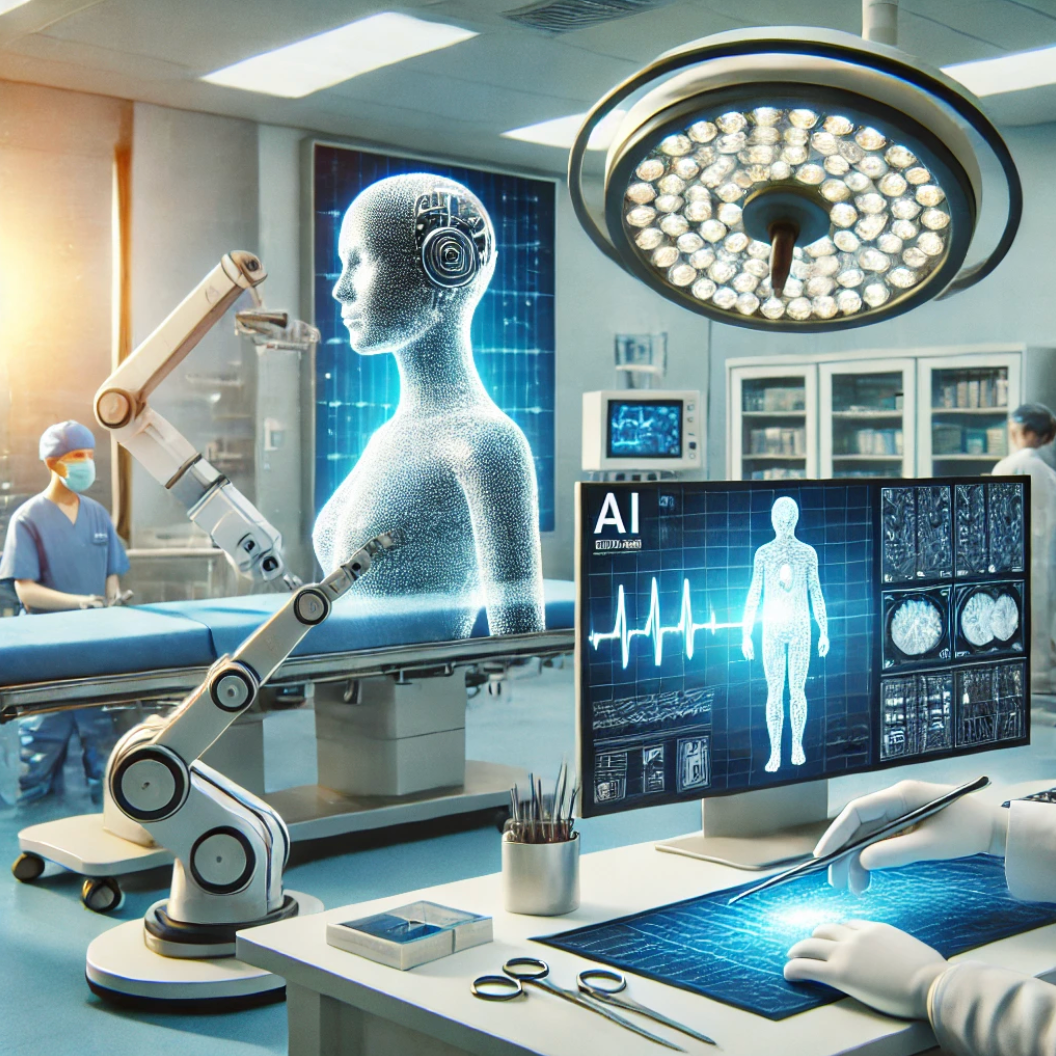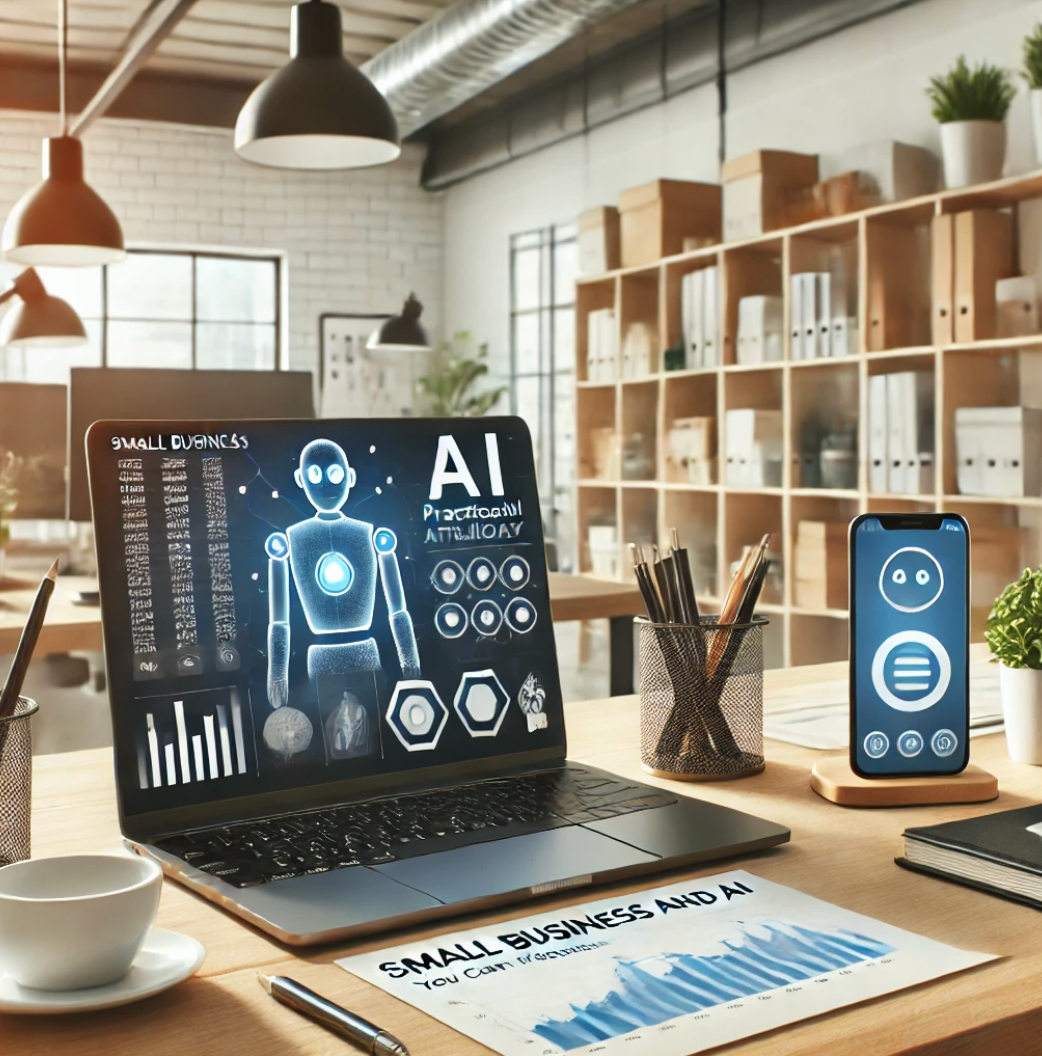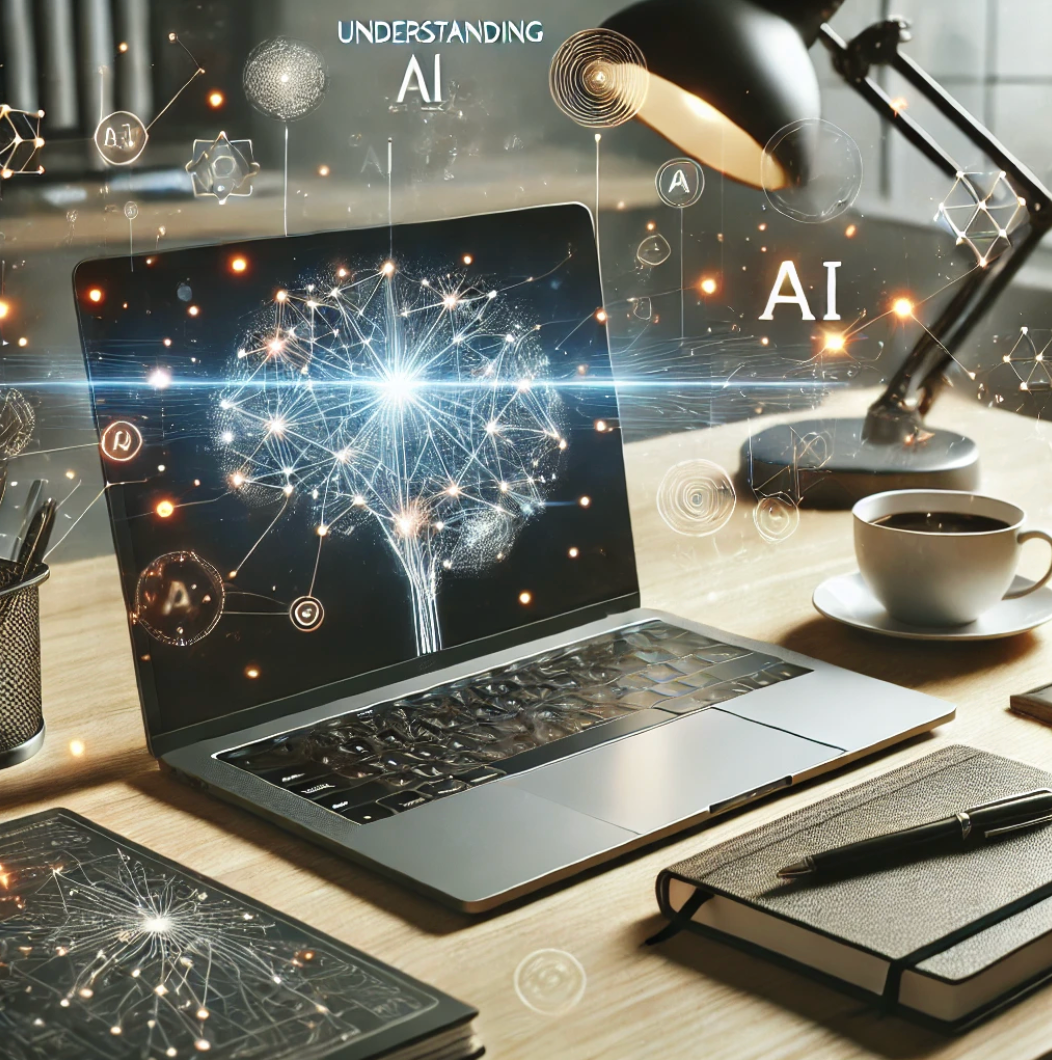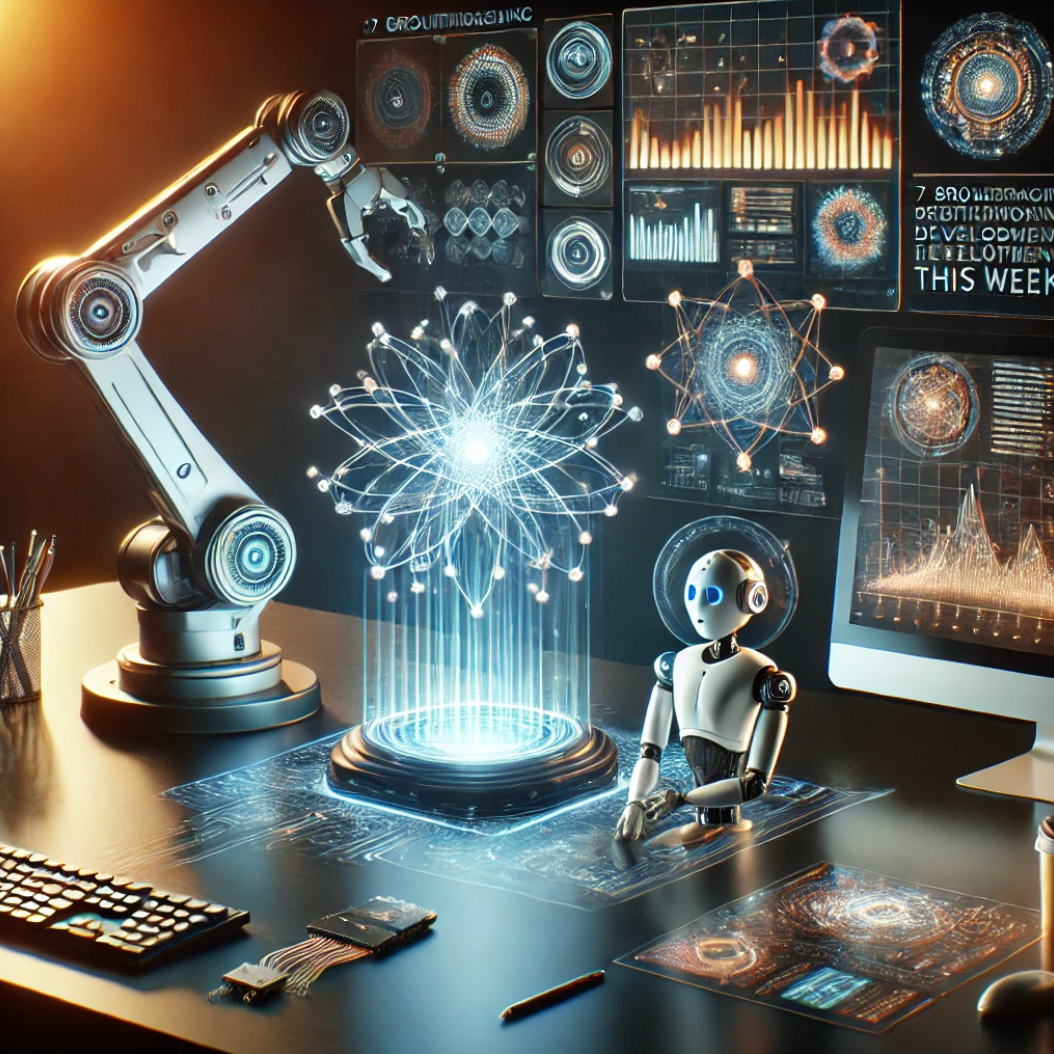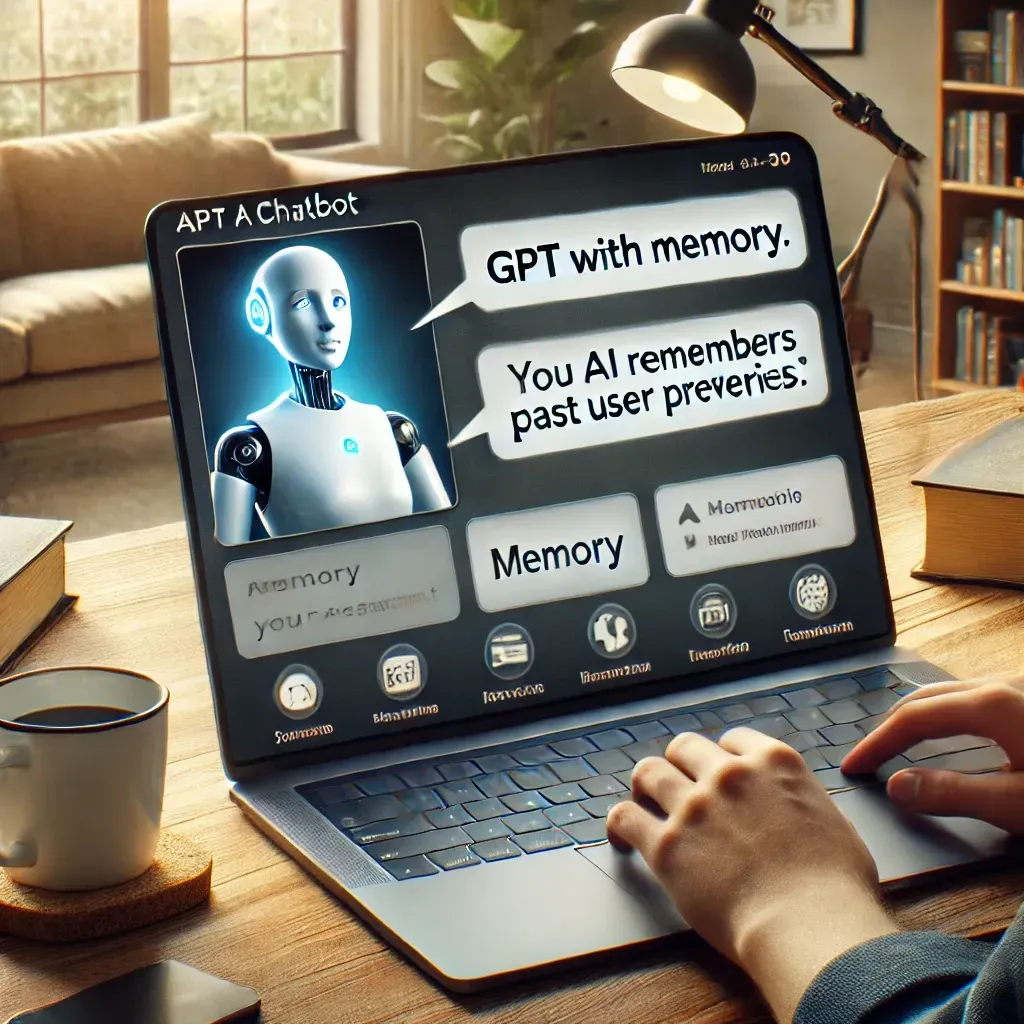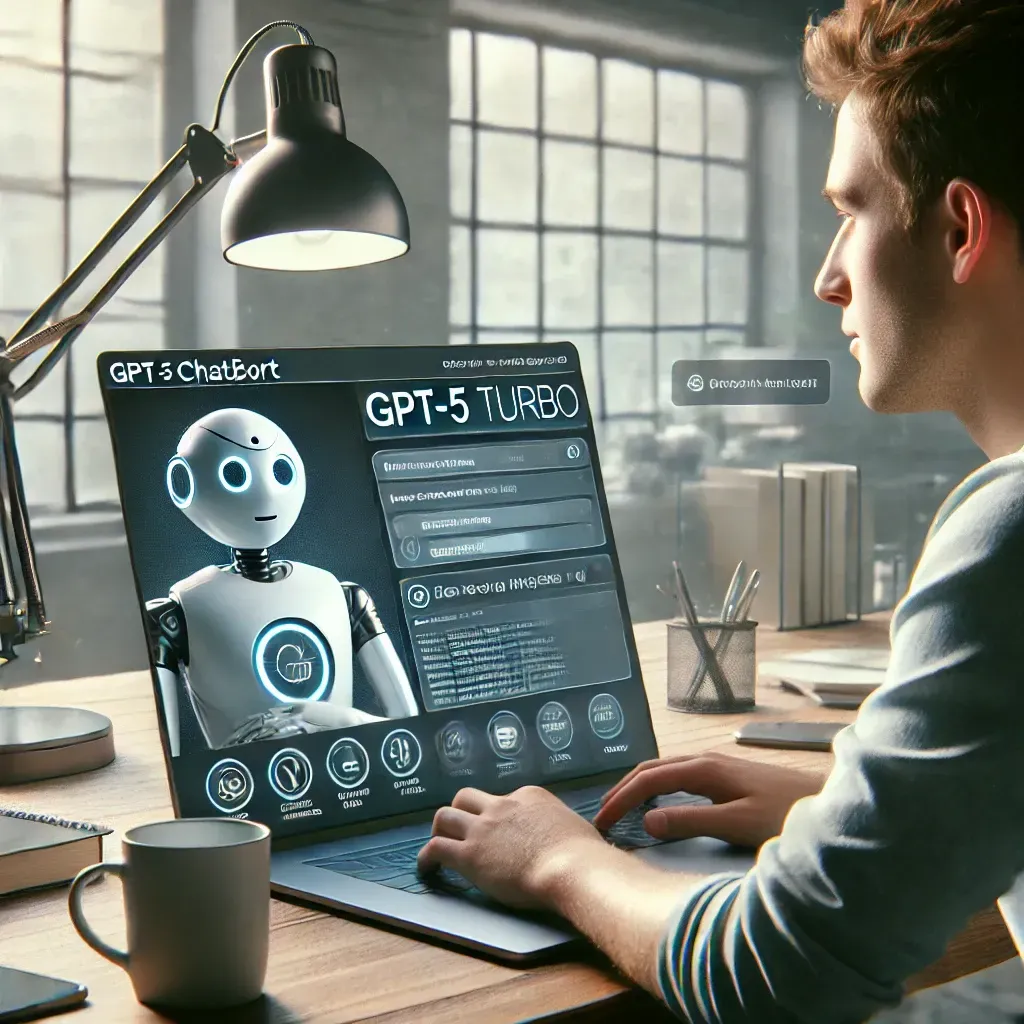Top 5 News Stories You Can't Miss
This week in AI has been a whirlwind of innovation and progress!
This week in AI has been a whirlwind of innovation and progress! From groundbreaking research to exciting new applications, the field continues to push the boundaries of what's possible. Here's a deeper dive into the top 5 news stories that caught our eye.
1. DeepMind's Gato Takes Center Stage: A Jack-of-All-Trades AI Model
DeepMind, a leading AI research lab owned by Google, unveiled Gato last week. This isn't your average AI model designed for a single purpose. Gato's true strength lies in its versatility. Researchers designed it to tackle a whopping 600+ different tasks, ranging from mastering Atari games to generating different creative text formats like poems and code.
Here's what makes Gato so groundbreaking: Traditionally, AI models excel at very specific tasks after being trained on massive datasets. AlphaGo, for instance, dominated the game of Go, but it wouldn't stand a chance against your toaster. Gato, however, demonstrates a more generalizable intelligence, suggesting a future where AI can assist us in various aspects of our lives without needing to be retrained for each one. Imagine an AI that can help you write a compelling email, translate a document on the fly, and even unwind with a virtual game session – that's the potential Gato represents.
2. AI Revolutionizes Protein Design: Creating Enzymes on Demand
Proteins are the workhorses of our cells, acting as biological catalysts that speed up essential chemical reactions. Traditionally, scientists have relied on a slow and laborious process to discover new enzymes. But this week, researchers at MIT made a significant breakthrough with the development of an AI system that can design entirely new enzymes from scratch.
Here's how it works: The AI system is trained on a vast database of existing proteins and their structures. It then learns to identify patterns and relationships between protein structures and their functions. This allows the AI to predict how changes to a protein's structure might alter its function. With this knowledge in hand, researchers can use the AI to design novel enzymes with specific desired properties.
The implications of this research are vast. Imagine creating custom enzymes to break down pollutants or develop new biofuels that are more efficient and eco-friendly. This AI-powered approach to protein design has the potential to revolutionize various fields, from medicine and agriculture to material science and biomanufacturing.

3. AI Art Generators: A Boon for Creativity or a Copyright Nightmare?
AI art generators like Dall-E 2 and Midjourney have taken the internet by storm. These tools allow anyone to create stunning and imaginative visuals by simply feeding the AI a text description. From photorealistic landscapes to surreal creatures, the possibilities seem endless. However, alongside the surge in popularity, concerns are rising about the ethical implications of AI-generated art.
One major concern is copyright. Who owns the rights to these AI-generated images? If an artist uses an AI tool to create a piece that closely resembles the work of another artist, is there a copyright infringement? Additionally, the ease with which AI can generate realistic images raises concerns about the creation of deepfakes and other forms of harmful content.
The rise of AI art generators necessitates a conversation about how to navigate these ethical concerns. Establishing clear copyright guidelines and developing safeguards against the misuse of AI-generated art are crucial steps to ensure this technology is used for good.
4. AI Steps Up to Combat Extreme Weather:
The fight against climate change is a battle on many fronts, and this week, researchers at Stanford University unveiled a promising weapon in our arsenal – an AI system designed to predict extreme weather events with greater accuracy.
Here's the approach: The AI system ingests vast amounts of data from weather satellites, radar stations, and other sources. It then uses advanced machine learning algorithms to identify patterns and relationships that can signal the development of extreme weather events like floods, hurricanes, and tornadoes.
With more accurate predictions, authorities can gain valuable time to prepare for these events. This could involve evacuating vulnerable areas, deploying emergency response teams beforehand, and taking steps to mitigate potential damage. By providing crucial foresight, AI has the potential to save lives and property in the face of extreme weather.
5. Boston Dynamics Flexes its Robotic Muscles: A Glimpse into the Future of Automation?
Boston Dynamics, a company renowned for its impressive robotic creations, recently held a showcase that sent shockwaves through the robotics community. The event unveiled their latest advancements, showcasing robots with capabilities that seemed like science fiction just a few years ago.
One of the highlights was a bipedal robot performing complex parkour flips, navigating obstacles with impressive agility. Another robot was shown manipulating tools and operating machinery with remarkable dexterity. These demonstrations highlight the immense progress being made in the field of robotics.
Stay Ahead of the Curve with Our AI Newsletter!
This is just a glimpse of the exciting developments happening in the world of AI. To stay up-to-date on the latest breakthroughs, ethical discussions, and real-world applications of AI, sign up for our newsletter! We'll deliver the most important AI news straight to your inbox, ensuring you never miss a beat.
Subscribe below and join our thriving AI community!

